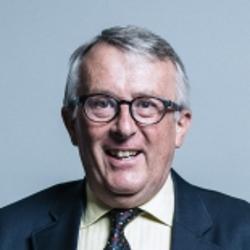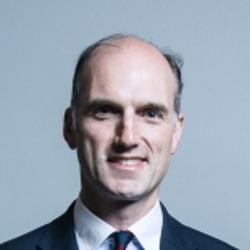Armed Forces: Foreign Nationals
(asked on 26th May 2021) - View SourceQuestion to the Ministry of Defence:
To ask the Secretary of State for Defence, how many and what proportion of Commonwealth nationals serving in the armed forces have served in the armed forces for four or more years.
The table below provides the number and proportion of Commonwealth nationals in the trained and trade trained Regular Armed Forces as at 1 January 2021, who have served four or more years. Nepal is not a member of the Commonwealth so the data does not include Nepalese citizens including Gurkhas.
Table 1: The strength of UK trained and trade trained1 Regulars2 with a Commonwealth3 Nationality4,5 having served for 4 or more years6, as at 1 Jan 2021.
| Total number of Commonwealth Service Personnel | Number of Trained and Trade Trained Regular Commonwealth personnel who have served 4 or more years | Which represents as a proportion of all Trained and Trade Trained Regular Commonwealth Personnel 7 |
All Services | 5,080 | 2,200 | 43% |
Royal Navy/Royal Marines | 860 | 350 | 41% |
Army | 4070 | 1,770 | 44% |
RAF | 140 | 70 | 50% |
Caveats/Notes:
1. The table above includes Army personnel that are defined as Trade Trained and RAF and Royal Navy personnel that are defined as Trained. Within the Army from 1 October 2016, UK regular forces and Gurkha personnel who have completed both their Phase 1 (basic service training) and Phase 2 training (trade training), are considered trade trained personnel. Within the Royal Navy and RAF ‘Trained’ personnel have completed both Phase 1 and Phase 2 training.
2.UK Regulars comprise Full time Service personnel, including Nursing Services, but excluding Full Time Reserve Service (FTRS) personnel, Gurkhas, mobilised Reservists, Military Provost Guard Service (MPGS), Locally Engaged Personnel (LEP), Non Regular Permanent Staff (NRPS), High Readiness Reserve (HRR) and Expeditionary Forces Institute (EFI) personnel.
3.The Commonwealth grouping includes all personnel with a nationality, as recorded on JPA at the time of publication, that is reported in the British Nationality Act 1981, SCHEDULE 3 (Countries Whose Citizens are Commonwealth Citizens), further information of which is available at http://www.legislation.gov.uk/ukpga/1981/61/schedule/3. On the 12th November 2015, under the British Nationality (The Gambia) Order 2015, the Gambia was omitted from the Commonwealth. Figures relating to personnel with a nationality, as recorded on JPA, of Gambian are still included in the Irish and Commonwealth grouping. For further information see: http://www.legislation.gov.uk/uksi/2015/1771/contents/made
4.As nationality is a non-mandatory field, nationality is as currently recorded and not necessarily the same as at birth or when recruited. Therefore, Commonwealth personnel who have changed nationality (for example naturalised to a British Citizen) may or may not have updated their JPA record.
5. The question has requested Commonwealth personnel only. This will differ from the Biannual Diversity Statistics, which provides a combined nationality breakdown of Commonwealth and Irish.
6.Length of service (LoS) was calculated using entry date. There are known problems with the entry date information extracted from JPA. If personnel have transferred from one service to another service, have served under an alternative assignment type (e.g. Reserve Forces), are re-entrants or have transferred from Other Ranks to Officers, their entry date may correspond to any of these events. The resulting LoS may reflect their current period of service, include previous service, or it may be the time that has elapsed since they first joined the armed forces, irrespective of any break in service. It will invariably include time spent on untrained strength.
7. These figures may not capture the full cohort of Commonwealth personnel who joined the UK Regular Forces, as a number of personnel may have changed from a Commonwealth nationality to a British nationality.
8. Figures in this table have been rounded to the nearest 10, though numbers ending in a “5” have been rounded to the nearest multiple of 20 to prevent the systematic bias caused by always rounding numbers upwards.

